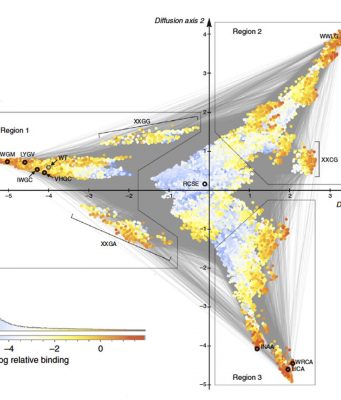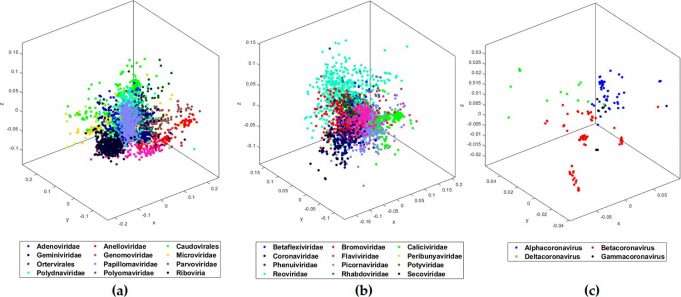Researchers have developed a tiny nanolaser that can function inside of living tissues without harming them.
Just 50 to 150 nanometers thick, the laser is about 1/1,000th the thickness of a single human hair. At this size, the laser can...
The toxin can block the use of important amino acids required by the bacteria to produce essential proteins needed for survival.
An international team of researchers, led by Durham University, UK, and the Laboratory of Molecular Microbiology and Genetics/Centre Integrative...
Ventrix, a University of California San Diego spin-off company, has successfully conducted a first-in-human, FDA-approved Phase 1 clinical trial of an injectable hydrogel that aims to repair damage and restore cardiac function in heart failure patients who previously suffered...
Regular use of a common type of medication, such as aspirin and ibuprofen, significantly improves survival for a third or more patients with head and neck cancer, a new study led by UC San Francisco has found.
Non-steroidal anti-inflammatory drugs,...
Scientists at Washington University School of Medicine in St. Louis have developed a new imaging agent that could let doctors identify not only multiple types of tumors but the surrounding normal cells that the cancer takes over and uses...
Using machine learning, a team of Western computer scientists and biologists have identified an underlying genomic signature for 29 different COVID-19 DNA sequences.
This new data discovery tool will allow researchers to quickly and easily classify a deadly virus like...
When it comes to inpatient treatment of a range of mental health and mood disorders -- from anxiety and depression to schizophrenia, suicidality and acute psychotic episodes -- a new study advocates for exercise, rather than psychotropic medications, as...
Researchers from the New York Institute of Technology (NYIT) have discovered bacteriophages, viruses that infect bacteria, living in their kitchen sponges. As the threat of antibiotic resistance increases, bacteriophages, or phages for short, may prove useful in fighting bacteria...
Scientists at ETH Zurich and the South African company Strait Access Technologies are using 3-D printing to produce custom-made artificial heart valves from silicone. This could help meet an aging population's growing demand for replacement heart valves.
The human heart has four...
Chemotherapy and radiation are effective cancer treatments because they kill rapidly dividing cells, including tumor cells. But for children—whose tiny bodies are still growing—these treatments can cause lifelong damage. This is particularly true for children with brain cancer, and...
Consumption of one egg every day seems to associate with a blood metabolite profile that is related to a lower risk of type 2 diabetes, a new study conducted in the University of Eastern Finland shows. The findings were...

















